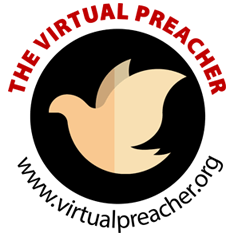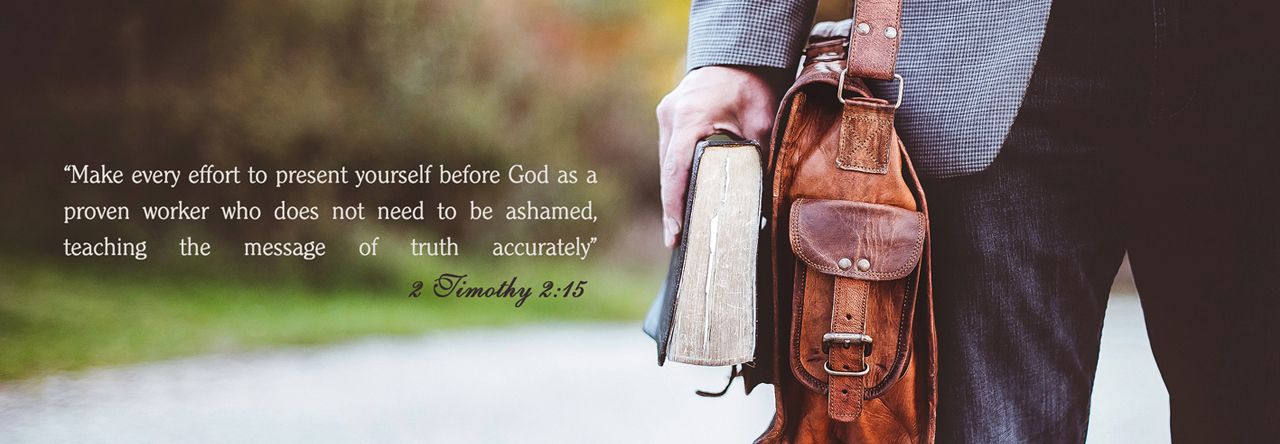
Solomon’s Temple was built in 960 BC by King Solomon, (1 Kings 5:1-18; 6:1-37; 7:13-51; 8:1-66). Also known as the first temple, it was destroyed by Nebuchadnezzar II and his invading armies in 587 BC. Solomon’s Temple and every task carried out within it actually were types of Christ and his mission. In today’s article, we are going to take a detailed look at the purpose served by Solomon’s Temple in the Old Testament and its relevance to the New Testament Christian as a type of Jesus Christ. [Image Credit: Laura Dahl]
1. The Brazen Altar in Solomon’s Temple
In the Old Testament God commanded his people to regularly sacrifice blameless animals (lambs, goats, doves, and bulls) for their sins. The blood of the animal justified the people before God and restored their relationship with him.
In the New Testament Jesus is our blameless sacrifice, (John 1:29). He lived a sinless life (Hebrews 4:15) and willingly died for our sins to reconcile us to God for eternity (Philippians 2:8). God doesn’t require any more animal sacrifices.
2. Sacrifices offered in Solomon’s Temple
In the Old Testament the person offering the animal placed his hand on its head while it was killed. This was a symbol of placing his sin on the animal. The animal died in his place. (Because death is the wage of sin – Romans 6:23).
In the New Testament Jesus is the blameless Lamb of God who was killed in our place as well as on whom God placed the weight of the global and personal sin. He reconciled man to God forever. Whoever believes in him even if he dies shall live (John 11:25).
3. Bronze Basin in Solomon’s Temple
In the Old Testament it was also called “The Sea” and the priests used it to wash, and purify themselves before entering the Temple. It was about 15ft. (4.6m) across and held more than 10,000 gallons (38,000 liters) of water. It stood on 12 bronze oxen. (See the picture).
In the New Testament in John chapter 13 verse 10 Jesus told Peter, “The one who has bathed needs only to wash his feet but is completely clean. And you disciples are clean, but not every one of you.” It means we are already clean because of the words Jesus spoke to us. But we are subject to our fallen nature and occasional sin. Therefore we must repent at God’s presence every day.
4. The Bronze Pillars in Solomon’s Temple
In the Old Testament these Pillars were called “Jachin” on the right and “Boaz” on the left. They supported the roof of the portico. Each one of these pillars was 27 feet (9 m) high.
In the New Testament Christians who remain faithful to God through trials and tribulations will be known by the honorary name “The pillars in the Temple of God”. (Revelation 3:12)
5. The Holy Place in Solomon’s Temple
In the Old Testament only the priests were permitted to enter the area designated as the Holy Place in Solomon’s Temple to carry out their daily duties.
In the New Testament, we have been made holy through Jesus’ sacrifice and can approach God’s presence without a human mediator because Jesus’ sacrifice makes him our eternal mediator.
6. The Golden Articles in Solomon’s Temple
In the Old Testament, the ten Golden Lampstands were used to illuminate inside the temple while bread was for the consumption of the priests. In the New Testament, Christ is the light of the world (John 9:5) and the bread of life. (John 6:48-51)
7. The Golden Altar in Solomon’s Temple
In the Old Testament prayers were offered at the Golden Altar of incense where special sweet incense required by God was burned. In the New Testament, our prayers are like sweet incense in the presence of God, (Psalm 141:2; Revelation 8:4)
8. The Fabric Veil in Solomon’s Temple
In the Old Testament, the veil separated the Holy Place from the Most Holy Place where the Ark of the Covenant was placed. It served as a symbol of separation between God and his sinful people. Once a year the High Priest alone went passed the veil.
In the New Testament, we are made acceptable to God by the blood of Jesus, the greatest High Priest. (Hebrews 4:14-16) The Gospels record that the temple veil tore in two from top to bottom, the very moment Jesus gave up his soul symbolizing that Christ’s mass on the cross reconciled man to God. (Mark 15:38)
9. The Holy of Holies in Solomon’s Temple
In the Old Testament, it was God’s throne room where He would meet and give his instructions, seated between the two Cherubim, on the mercy seat over the Ark of the Covenant. Only the High Priest was allowed to enter the Holy of Holies, once a year. He sprinkled blood on the Mercy Seat on the Day of Atonement to atone for the sins of the people for that year.
Anyone who dared to violate this rule was met with the wrath of God. The High Priest earned the same fate if he was unclean at the time he entered into the holy of holies. In the New Testament, We can approach God’s throne of grace, without the fear of being condemned to death. (Hebrews 11:9-14)
10. The Cherubim in Solomon’s Temple
In the Old Testament, Cherubim are angelic beings. They guard God’s divine presence as it is in (Genesis 3:24). Two massive sculptures of these, carved out of olive wood rested on top of the Covenant of Ark. In the New Testament we can have eternal life in God’s presence through faith in Jesus. (John 17:1-26)
11. The Ark of the Covenant in the Temple
In the Old Testament, the Ark was a carved wooden box overlaid with gold. Inside were the tablets of stone with the 10 commandments inscribed on them. Its lid, called the “Mercy Seat”, represented the meeting place between God and man. (Exodus 25:10-22) In the New Testament, God wants to commune with us today. He made it possible to know him through Jesus. (John 14:6)
12. The Storerooms in Solomon’s Temple
In the Old Testament, three-story rooms contained the treasures of God’s temple and the dedicated gifts. The invading armies looted these treasures several times. In the New Testament, Jesus commanded us to not lay up treasures for ourselves on earth but to lay up treasures in heaven. (Matthew 6:19-21)
Closing Remarks
While the Temple of Solomon was the first temple built by human hands for God, there have been two other temples. The temple of Zerubabel and the Temple of Herod. It was expanded by Herod the Great in 20-18 BCE. It remained until the Romans destroyed it in AD 70 fulfilling Jesus’ prophecy in Mark 13:1-2. The Bible indicates the rebuilding of the third temple is a sign of Christ’s imminent return.
If you found this content helpful, I kindly ask you to leave your feedback in the comments section below. Sharing it with your friends and family through email or social media would also be greatly appreciated. Your feedback not only encourages me but also contributes to the growth and edification of the Church. In order to promote meaningful and respectful dialogue, I request that you use your full name when commenting. Please note that any comments containing profanity, name-calling, or a disrespectful tone will be deleted. Thank you for your understanding and participation.





